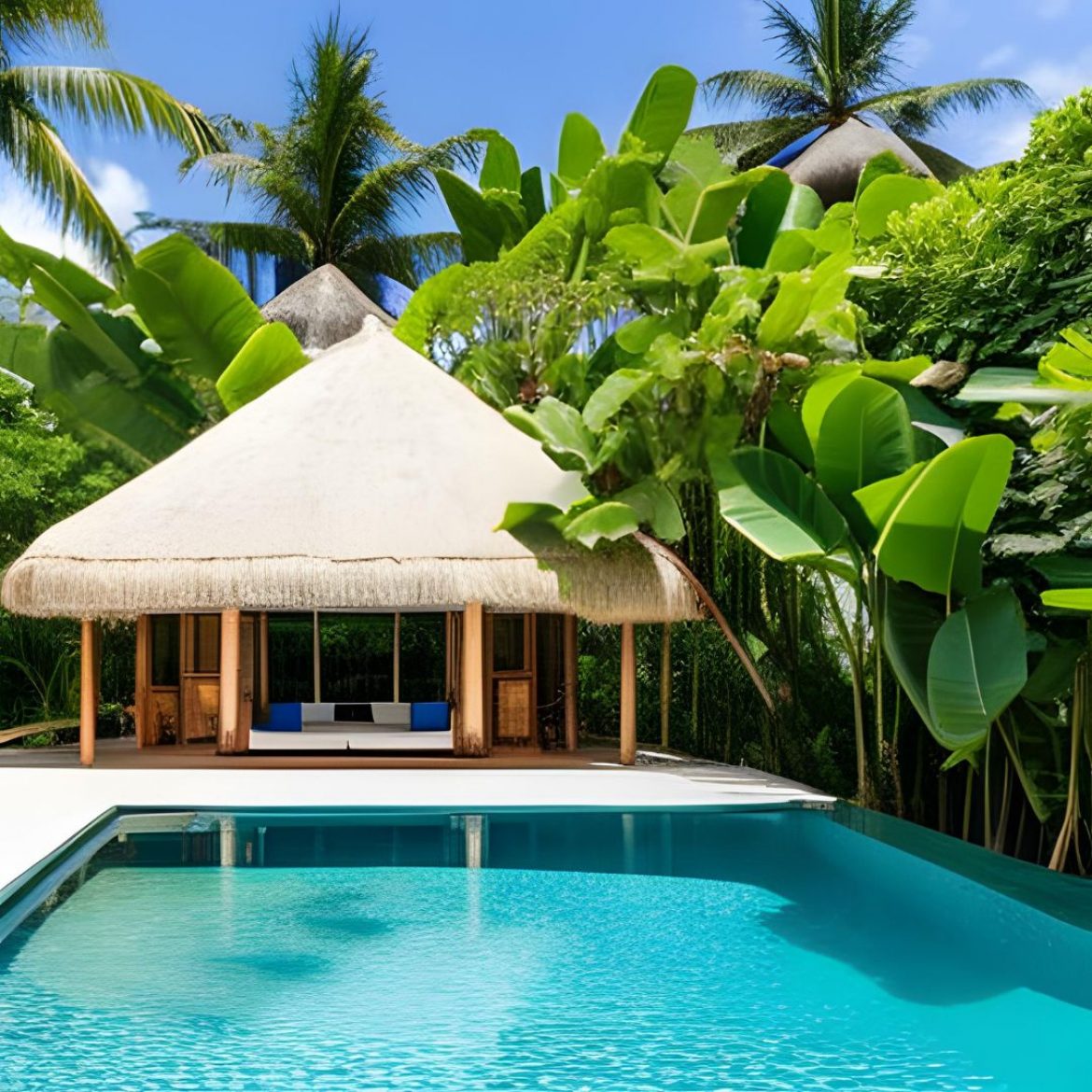Building with Palapa Roofs in the Caribbean: Pros and Cons
The Caribbean is a dream destination for many, offering sun, sand, and sea all year round. For those who are lucky enough to live in this paradise, building a home that suits the tropical climate is essential. One of the most popular choices for roofing in the Caribbean is the palapa, a traditional Mexican thatched roof made from palm leaves or grass. In this article, we will discuss the pros and cons of building with palapa roofs in the Caribbean, including costs, maintenance, design, and climate benefits, as well as alternative construction materials.

Pros of Building with Palapa Roofs in the Caribbean
- Cost-effective: One of the primary advantages of building with palapa roofs is their affordability. Palapa roofs are relatively inexpensive compared to other roofing options such as concrete or metal.
- Aesthetic appeal: Palapa roofs add a unique and authentic tropical touch to any home. They can be designed in various shapes and sizes, allowing for a creative and personalized touch.
- Climate benefits: Palapa roofs are excellent insulators, providing natural ventilation and reducing the need for air conditioning. They are also eco-friendly, as they are made from renewable materials.
- Low maintenance: Palapa roofs require minimal maintenance and can last up to 30 years if adequately installed and cared for.
Cons of Building with Palapa Roofs in the Caribbean
- Fire hazard: Palapa roofs are highly flammable, and in the event of a fire, can quickly spread to other parts of the home. Special fire-resistant treatment and precautions must be taken to prevent this.
- Durability: Although palapa roofs can last up to 30 years, they are not as durable as other roofing materials and require more frequent maintenance, especially in areas with high winds, heavy rains, and hurricanes.
- Insect and pest problems: Palapa roofs can attract insects and pests such as termites, rodents, and bats. Regular fumigation and inspection are necessary to prevent infestations.
Alternative Construction Materials
While palapa roofs are a popular choice, there are alternative construction materials that can provide similar benefits without the drawbacks. Here are some options:
- Concrete roofs: Concrete roofs are highly durable and fire-resistant. They can be designed to mimic the appearance of palapa roofs and can also provide natural ventilation.
- Metal roofs: Metal roofs are highly durable, weather-resistant, and can last up to 50 years with proper maintenance. They can be designed to mimic the appearance of palapa roofs and can also provide natural ventilation.
- Shingle roofs: Shingle roofs are highly durable, weather-resistant, and can last up to 30 years. They can also provide natural ventilation and come in various colors and designs.

Conclusion
Building with palapa roofs in the Caribbean has its pros and cons. While they are cost-effective, aesthetically pleasing, and eco-friendly, they also pose fire hazards, require more frequent maintenance, and can attract insects and pests. However, alternative construction materials such as concrete, metal, and shingle roofs can provide similar benefits without the drawbacks. It is essential to consult with a professional builder and consider all factors before choosing the best roofing option for your home in the Caribbean.


Comments (0)